Naturally artistic
By Fu Chao ( China Daily ) Updated: 2014-03-02 07:34:02
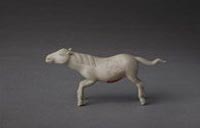 |
|
|
Involvement means to spend long periods with nature, in the woods, at the beach or just time in a park.
Last year, Wang spent several months on the Zibai Mountain in Shaanxi to seek inspiration for his new work on Zhang Liang, a legendary figure of Chinese history who led a reclusive life on the mountain.
Reflection, Wang said, is the most crucial phase. It means to find an object in nature the painter can best relate to, then to figure out the relationship between the object and the painter to feel its spirit.
"If there is only observing and no thinking, feeling, understanding or reflection, there will be nothing innovative and unique," Wang said.
He noted that Chinese painting is an art form that celebrates the burst of emotion and energy of a certain moment. Delivering that emotion and energy can only happen during reflection.
Representation, as the final phase of Wang's creative process, is the conclusion.
"It could simply be a presentation of what I got from the involvement and reflection, exactly something I have been looking for or it could also be a transcendence, something that carries its own meaning," Wang said.
Wang noted that Chinese painting should always be vague and touch the viewer with "some kind of vibe".
Critics say his paintings bring the viewer into a spiritual place they have been looking for where they can finally relax and become who they really are.
Wang's ideas regarding Chinese art and painting as a creative process have been influential and his works are critically acclaimed, critics say.
He has been lecturing on Chinese painting at universities for many years. He now teaches at the Xi'an Academy of Fine Arts.
Related: Portrait of the artist
|
|
|
|
|
|
|
|

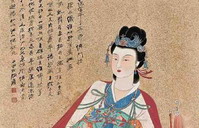

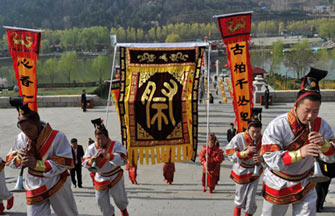

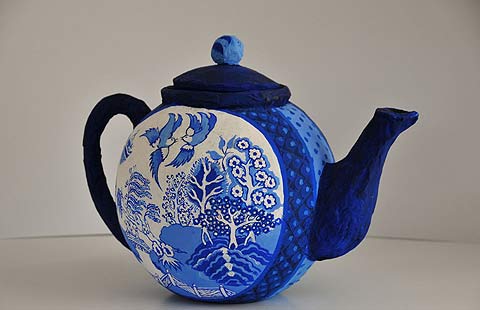


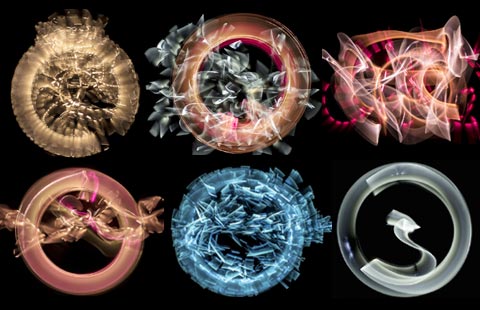
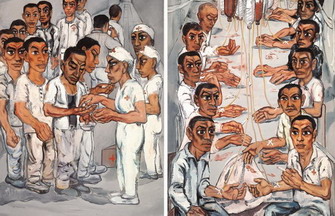














 Raymond Zhou:
Raymond Zhou: Pauline D Loh:
Pauline D Loh: Hot Pot
Hot Pot Eco China
Eco China China Dream
China Dream China Face
China Face





